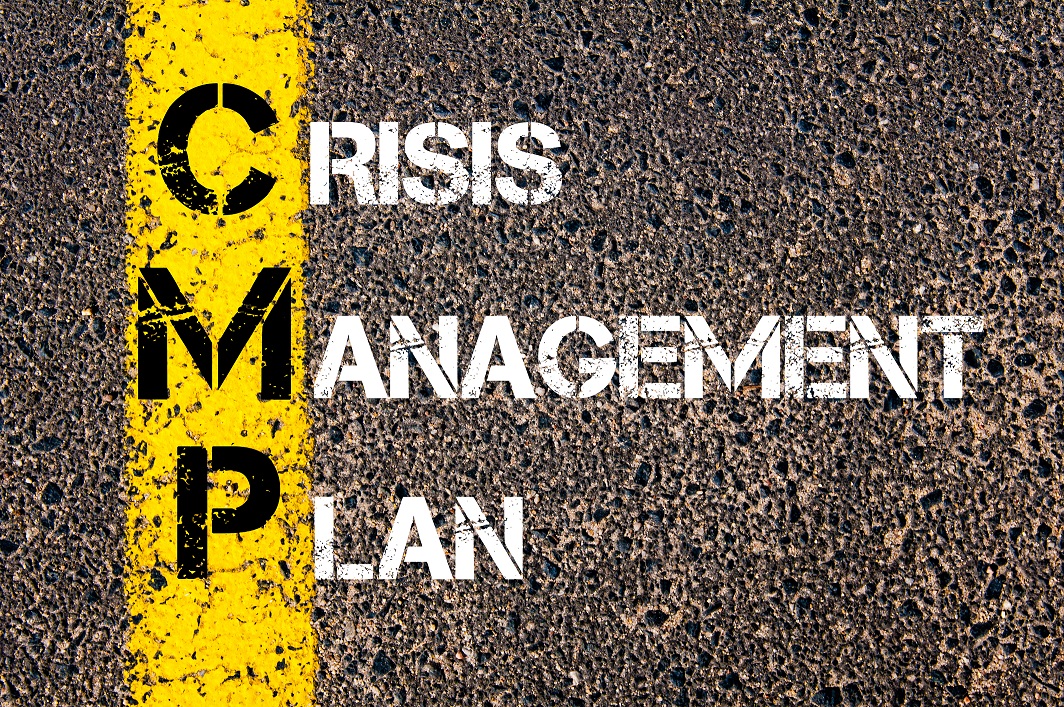When the shit hits the fan…
Your crisisprocedure, a spanner in the works?
You have been called up to manage a crisis. Together with the other crisis team members, you rush over to the crisis room. The department manager has already started with the state of affairs. Unfortunately, the phone does not stop ringing… Emails are still coming in… People are talking at the same time… It is a coming and going. Chaos and stress are increasing. What if we told you that good preparation might save you in this situation?
Well-trained employees and a good crisis manual bring structure and overview. Every crisis team member knows his role and can follow a check list, which helps maintaining a calm work flow. This means that also the communications manager can rely on elaborate templates that are attached to the crisis manual.
Is this too good to be true? Or is the crisis manual in need of some improvements?
During many crisis simulations, we have noticed that the crisis manual is absent or neglected. Nonetheless, companies that use this help do perform better.
What is the reason that only a few companies use their crisis manual?
According to us, there are two causes:
- The imposed procedure is too complex or vague: Unfortunately, the crisis procedure does not take into account the reality of every local company and its work methods.
- Too little knowledge of the procedure: The CMT members should explore the crisis manual in quiet times. This way, everyone should be able to find the right check lists and use them in times of crisis.
How do you prevent the crisis procedure from becoming a spanner in the works? How do you make sure to increase efficiency and professionality thanks to the crisis manual?
3 tips!
The crisis management team is just the beginning
The entire crisis team and all backups receive a crisis management training. What does this entail for your company? What does your crisis manual look like? Moreover, some team members will have to train additional skills. They might have to attend a crisis communication or media training session. Of course, other critical actors should not be overlooked, namely the first-line employees who receive the incident reports (e.g. complaints). Do they know how to react, register and pass on internally?
Food Security helps my company by:
Improving your spokesperson with an open media training. A journalist will learn the participants the tricks of the trade. Every year, we organise a couple of open media trainings in Dutch & in French. This can also take place in your company, when there are at least 3 participants.
Checking your crisis manual and giving advice. Together we can adjust the group procedure to a local procedure.
Giving crisis management trainings to your crisis team and backups. We also train first-line employees, spokespersons and crisis communication managers.
Learning points

How is your company’s Food Defense?
Securing your residence is a given, but securing the workplace comes less naturally. Our practical experience at food companies confirms this.

First aid for consumer complaints
When receiving a sensitive consumer complaint, a swift response is key. Proper complaint management directly affects consumer confidence in your brand and products.

Guest article: Ransomware and the brewing process
A cyber crisis has long been a distant concern for many companies. Today, cybersecurity should be one of their top priorities. Every company is vulnerable, whether multinational...






